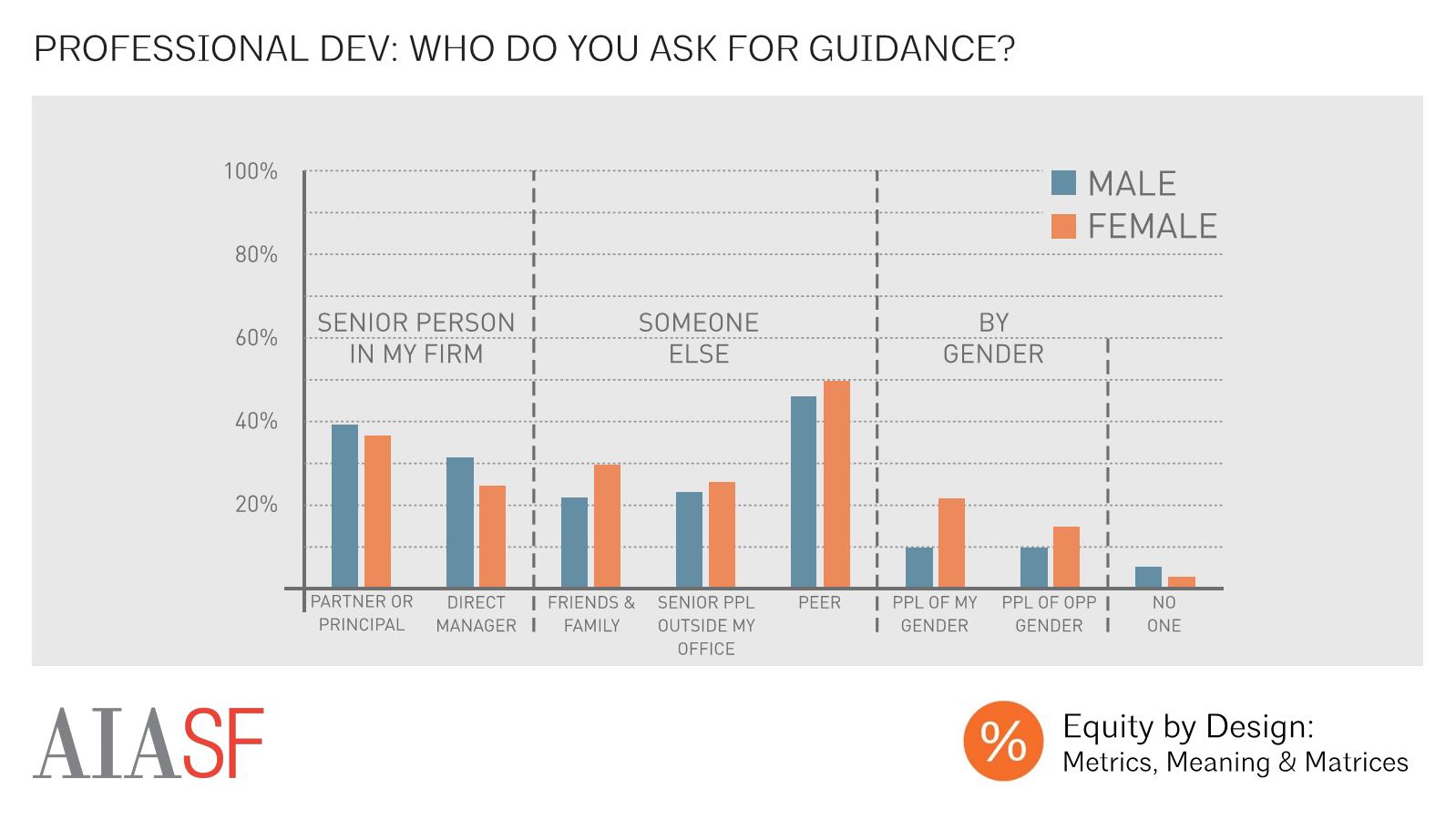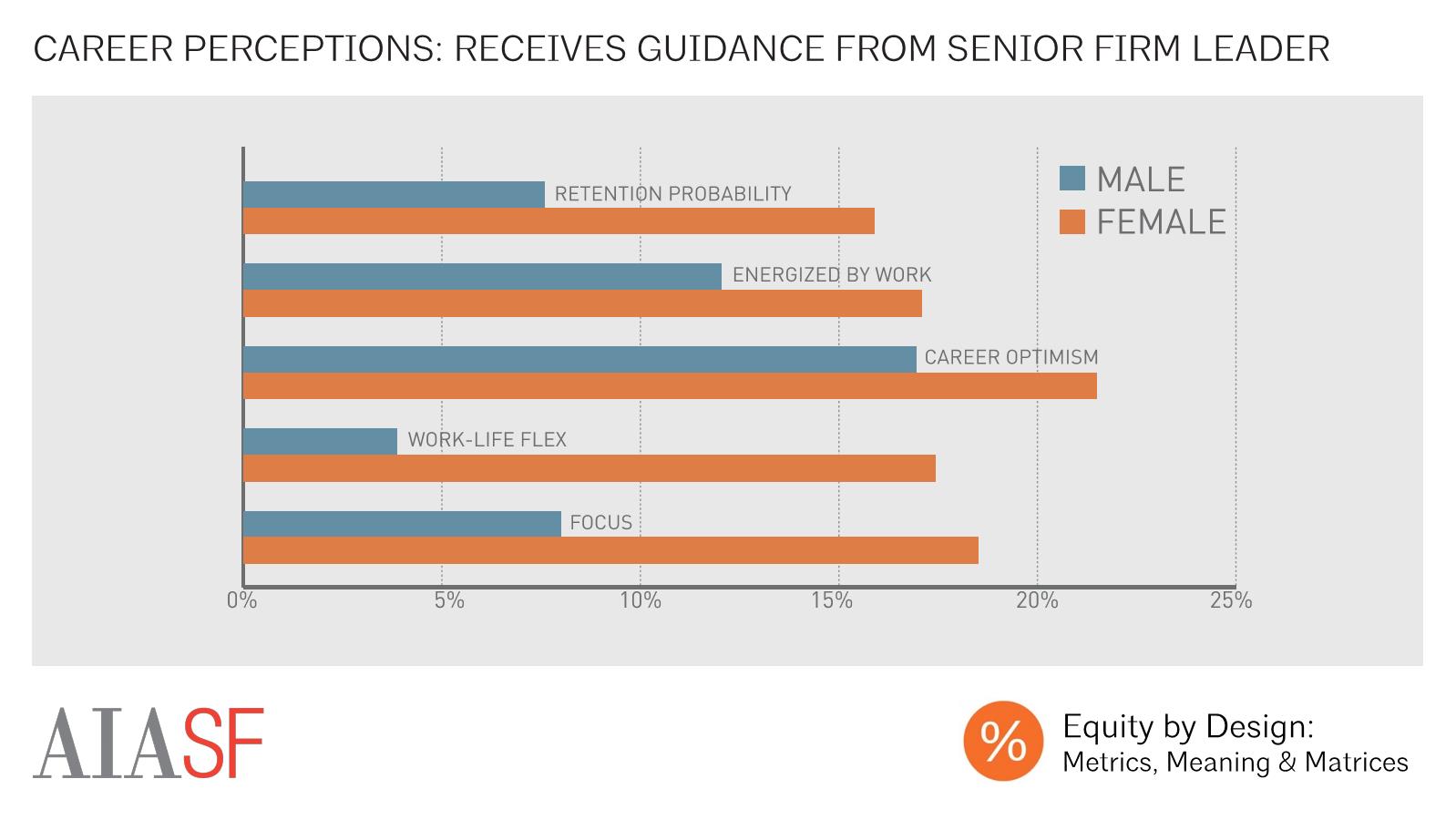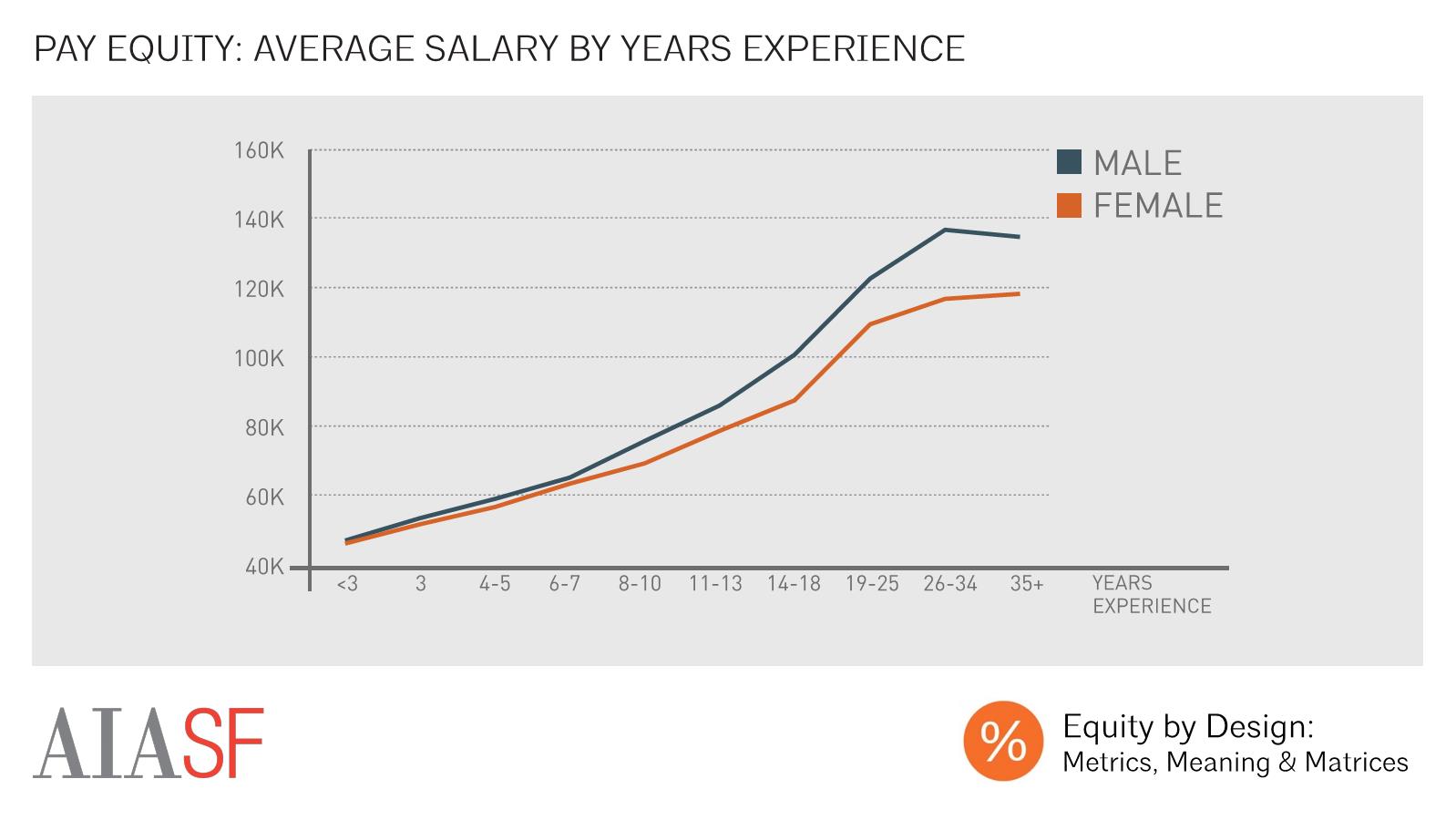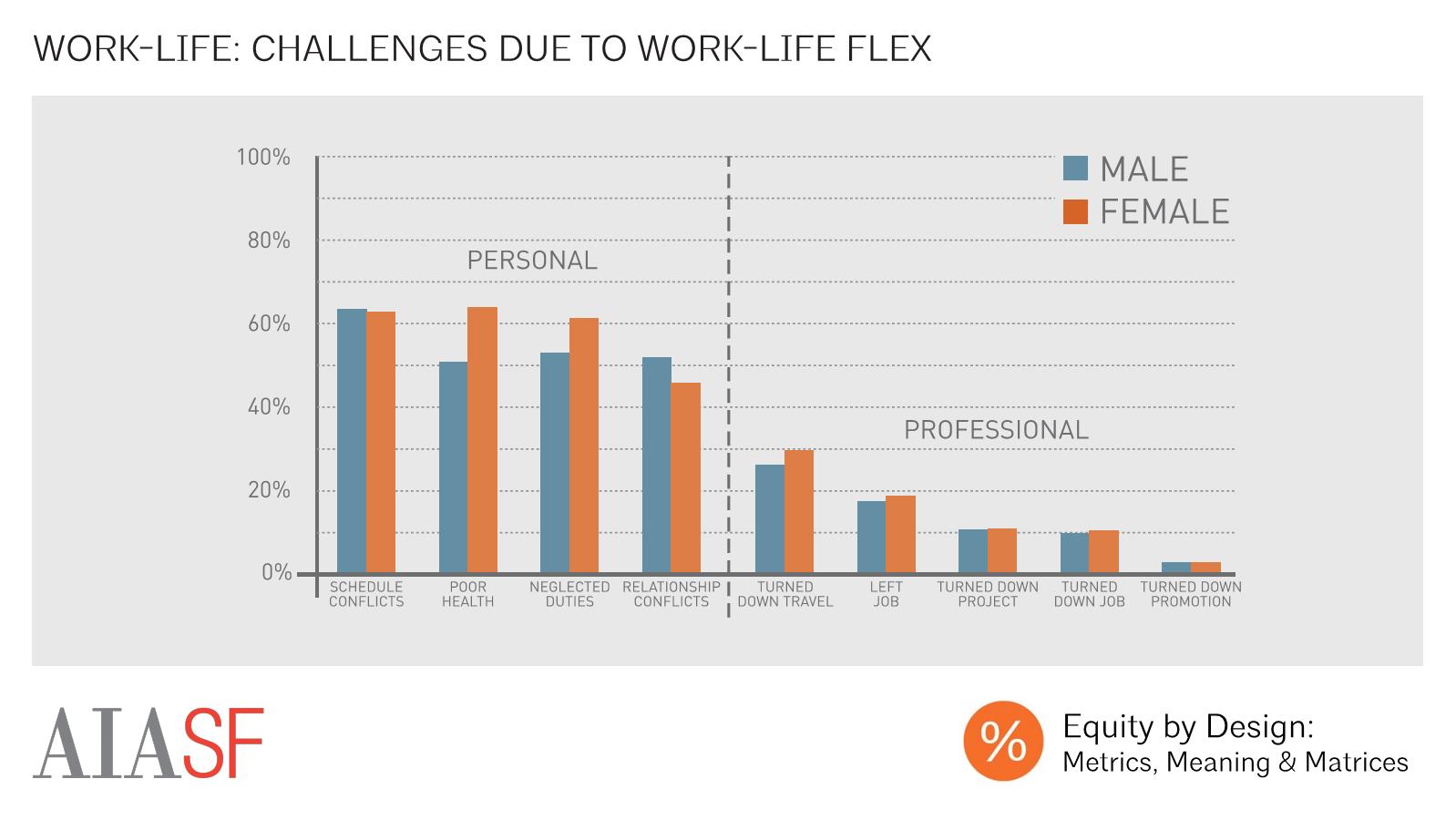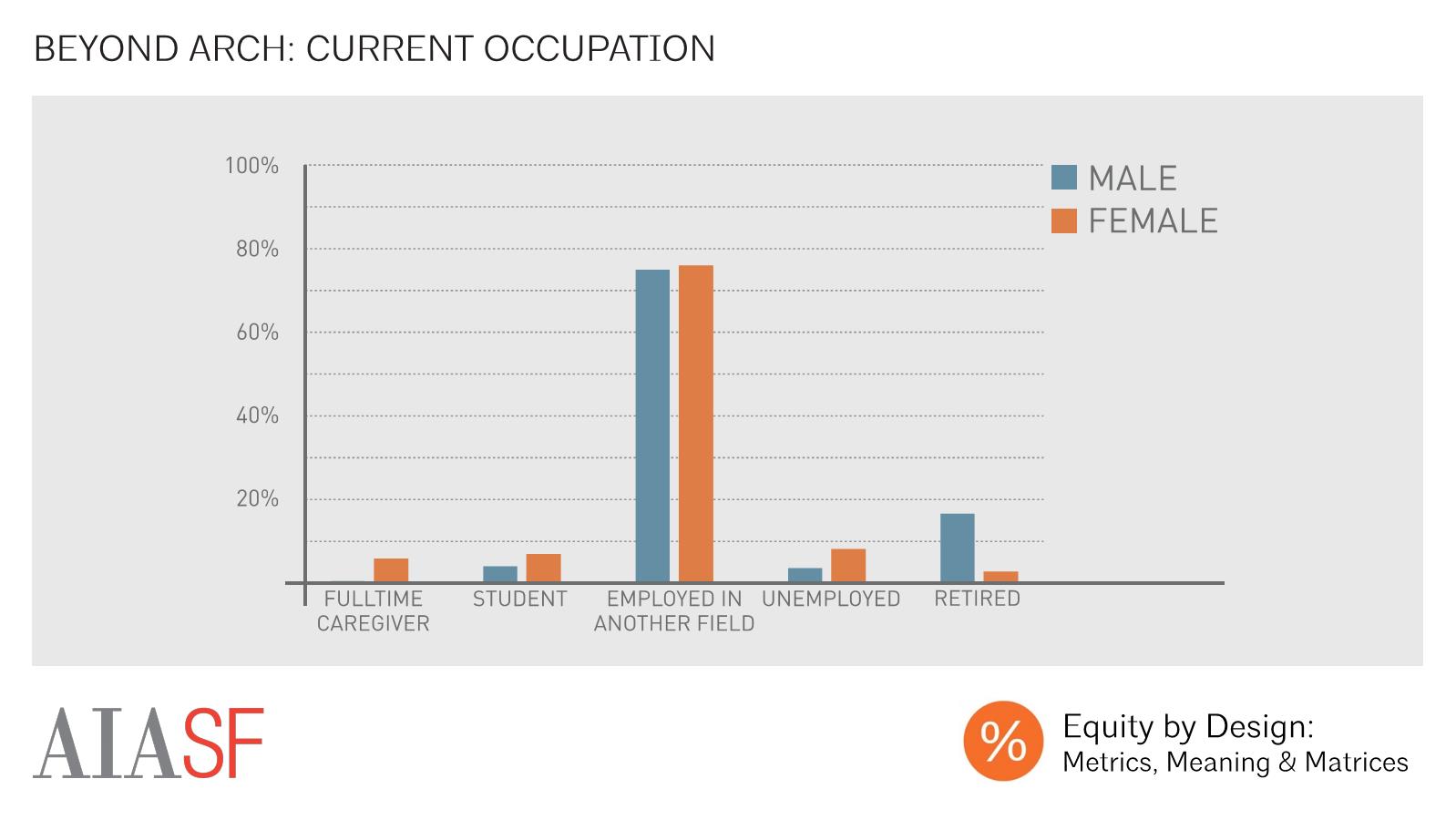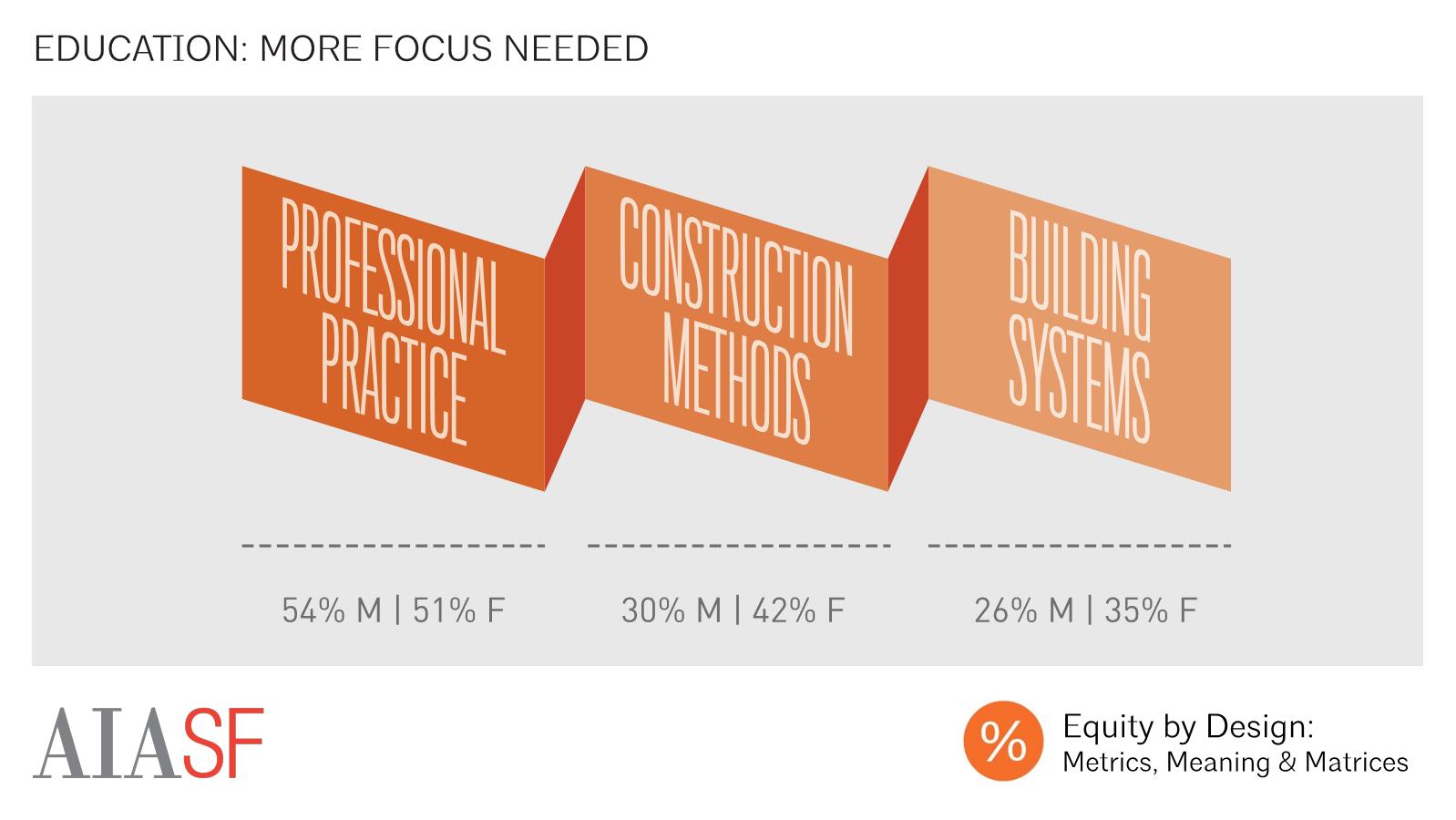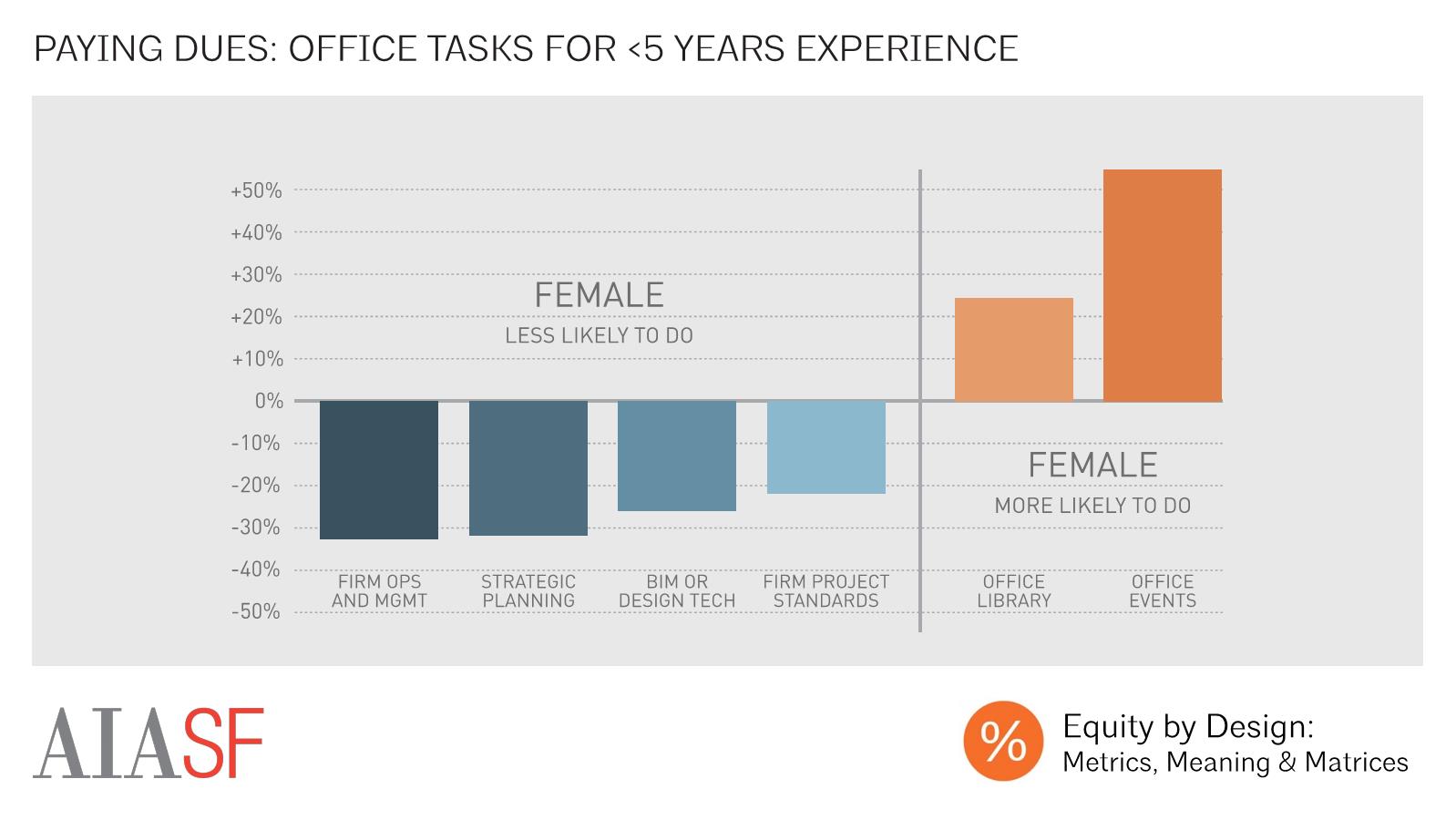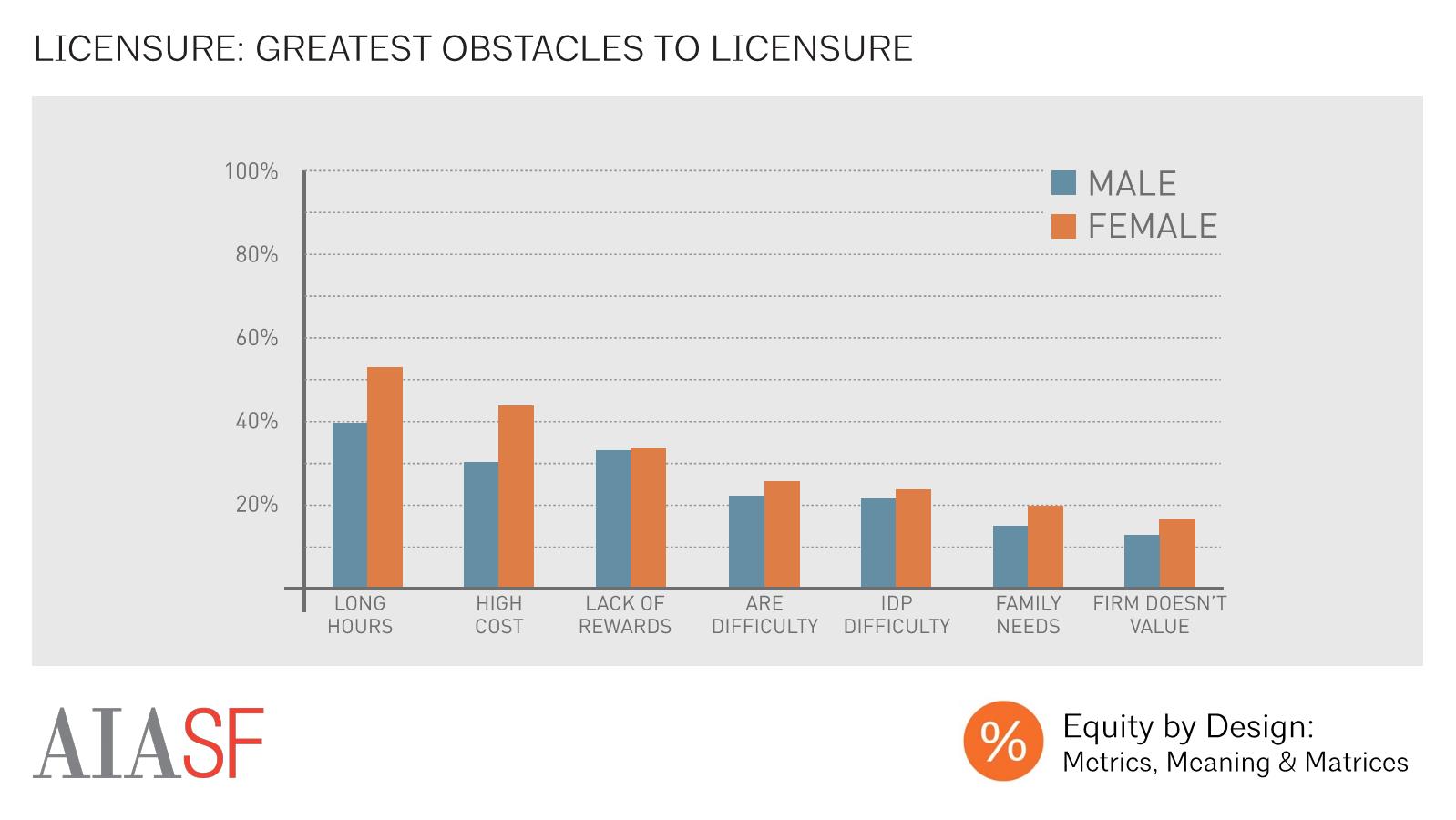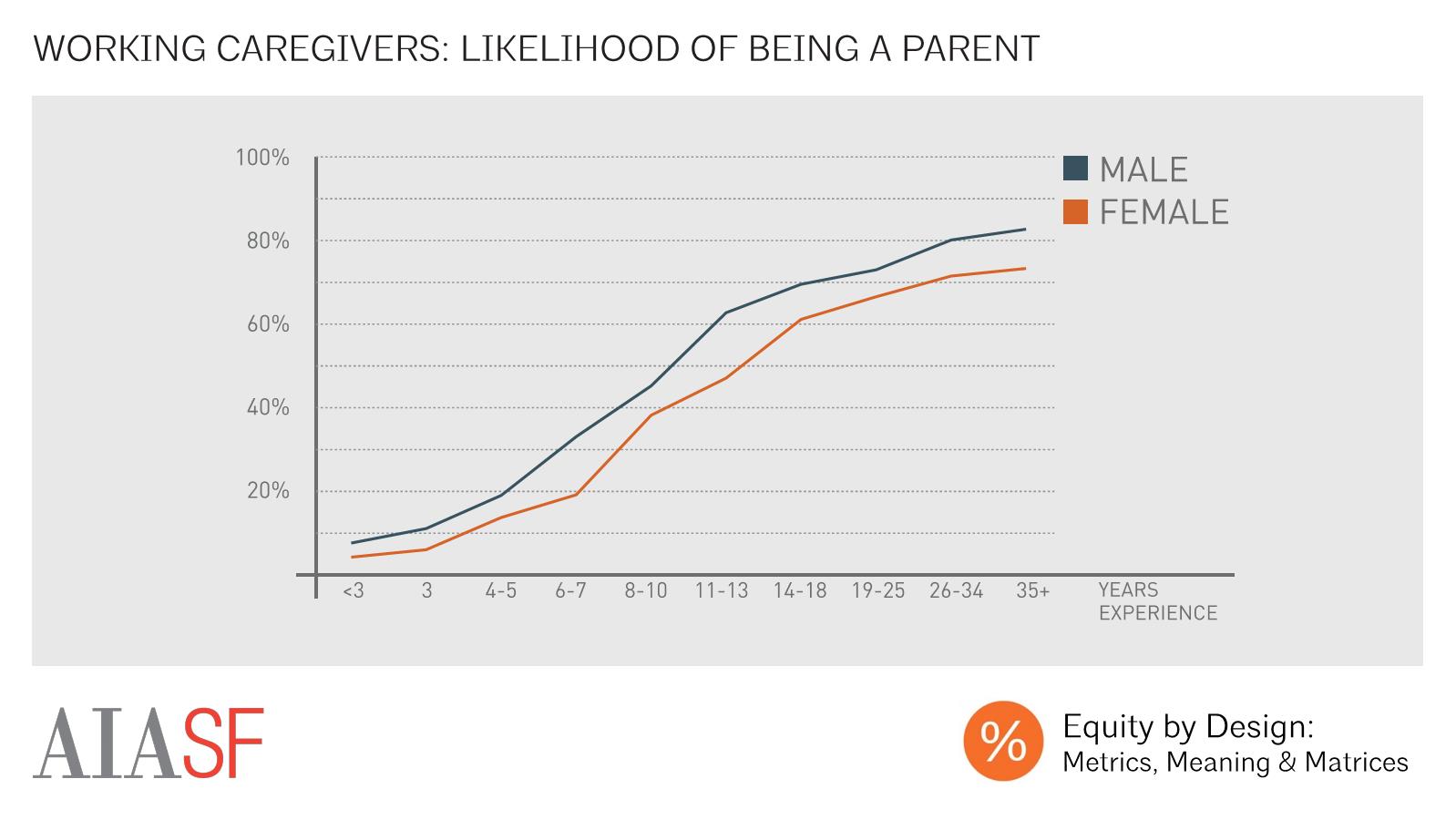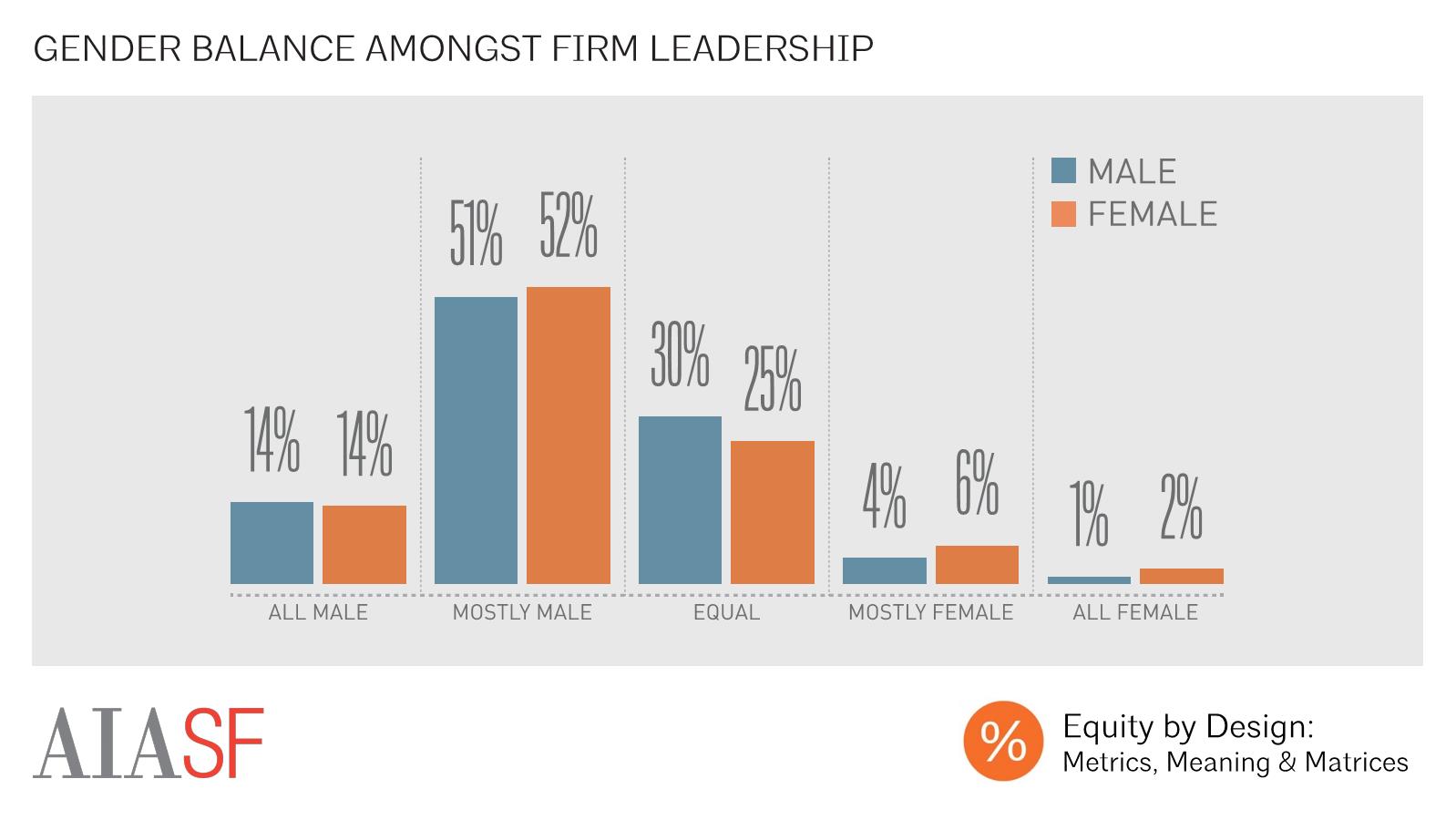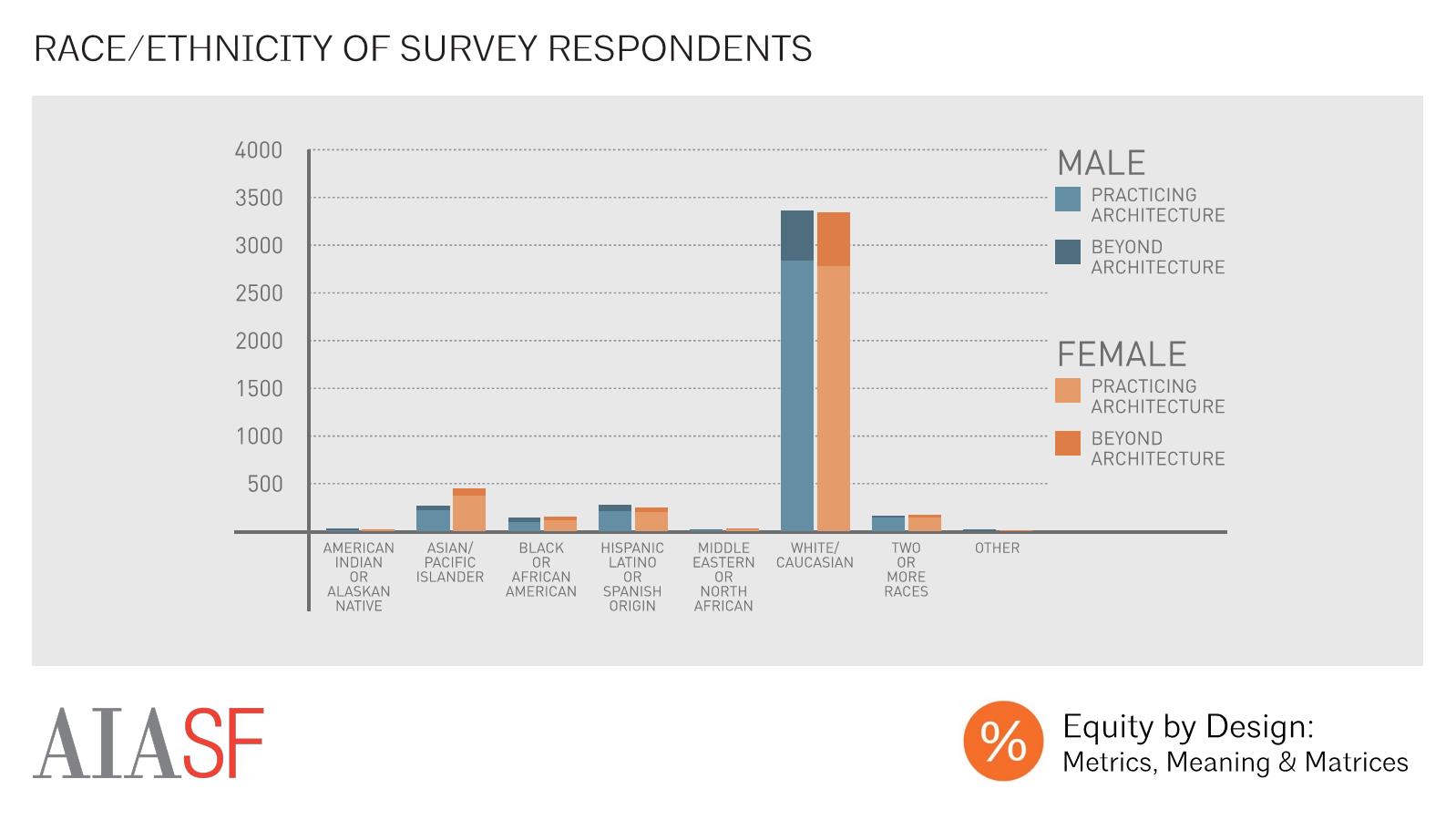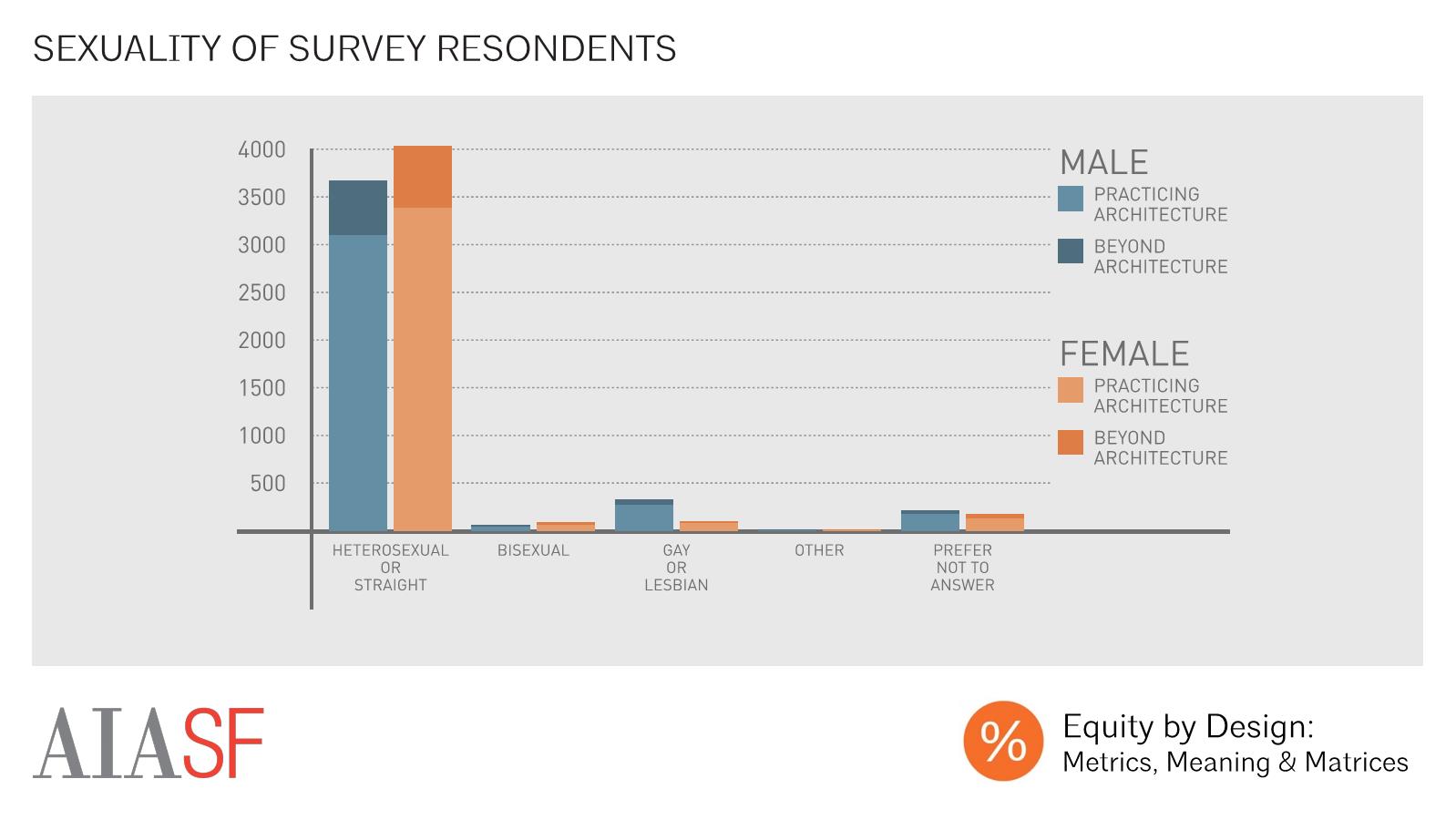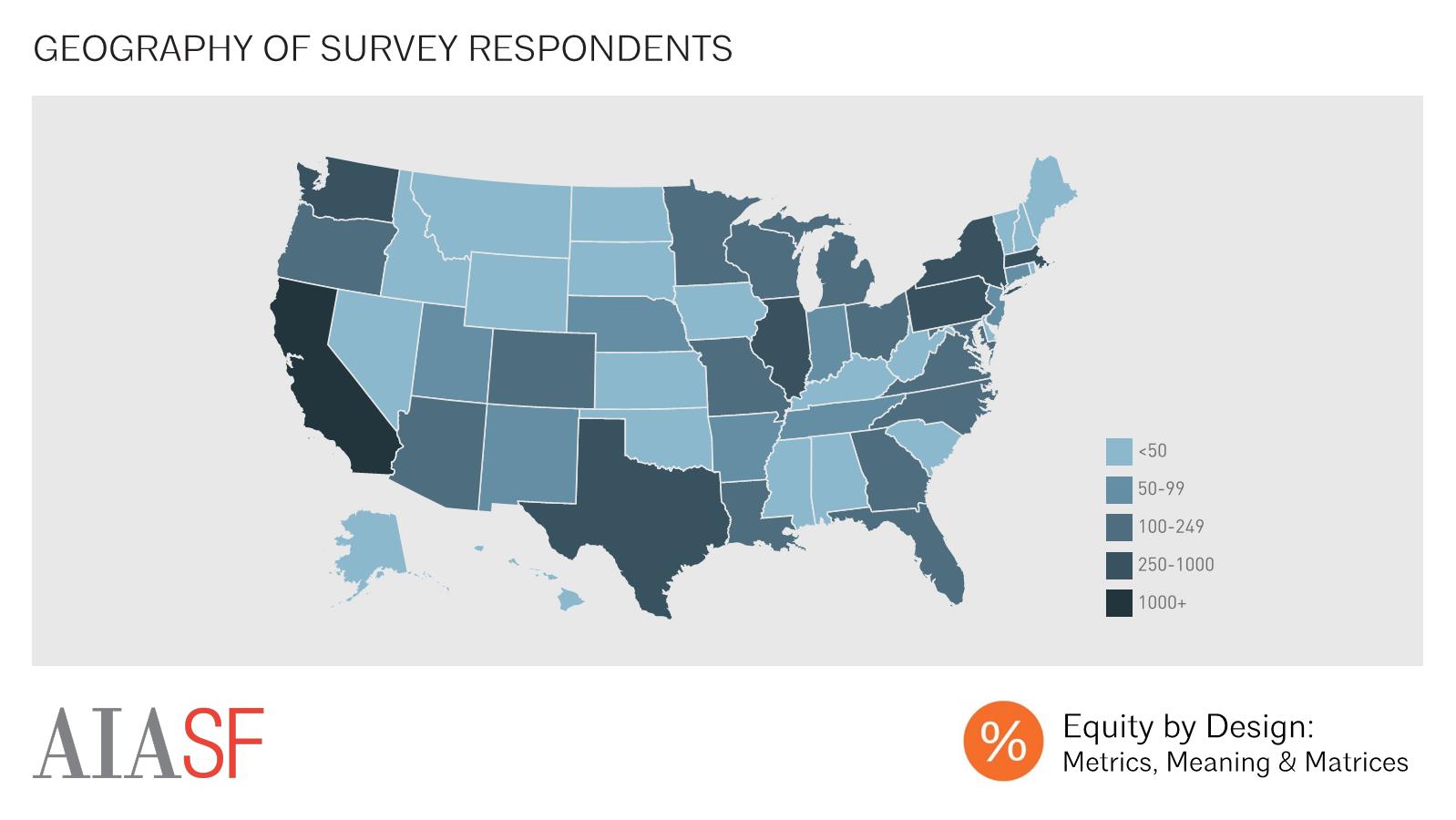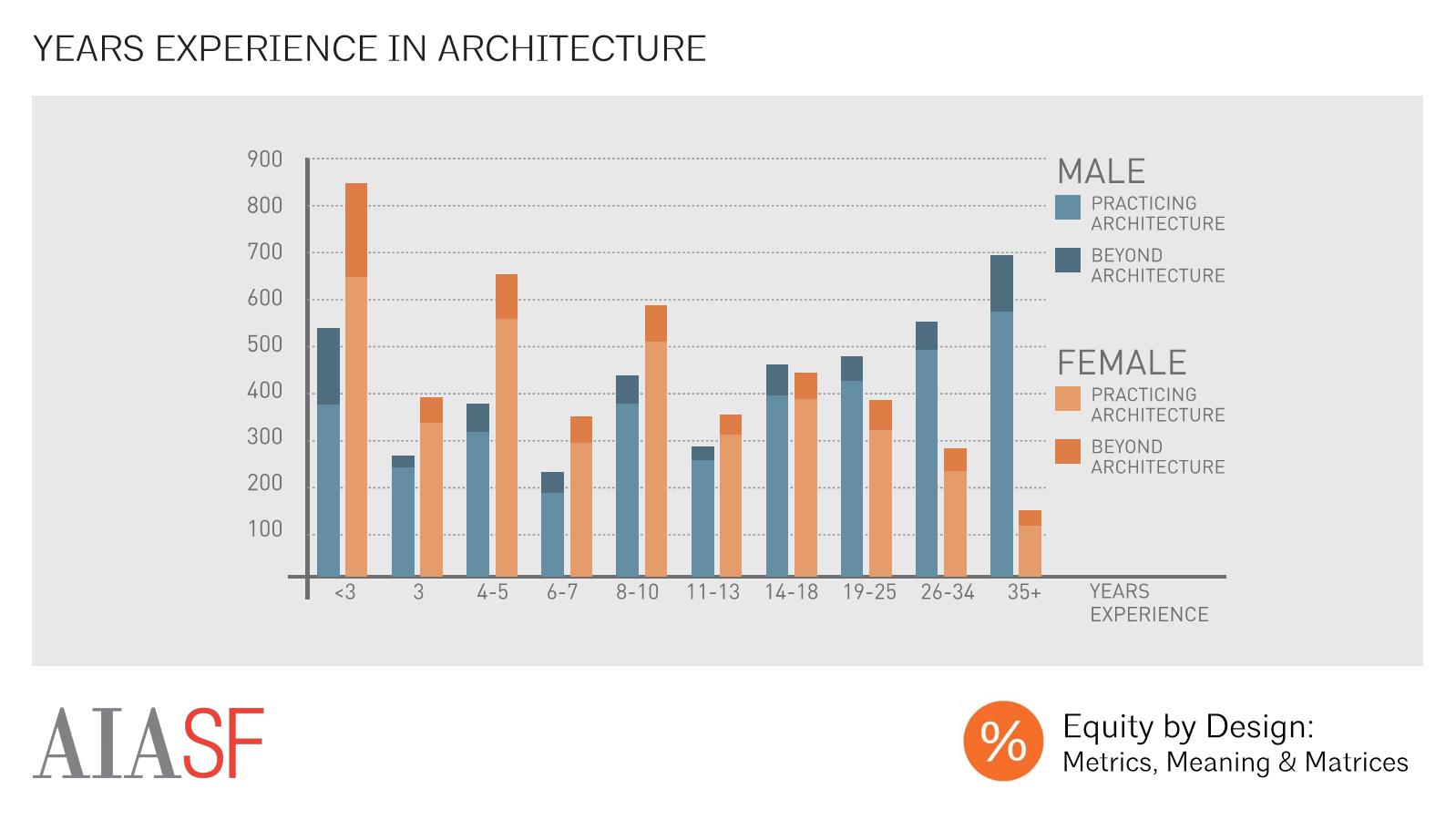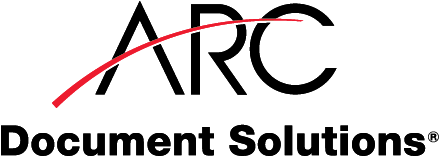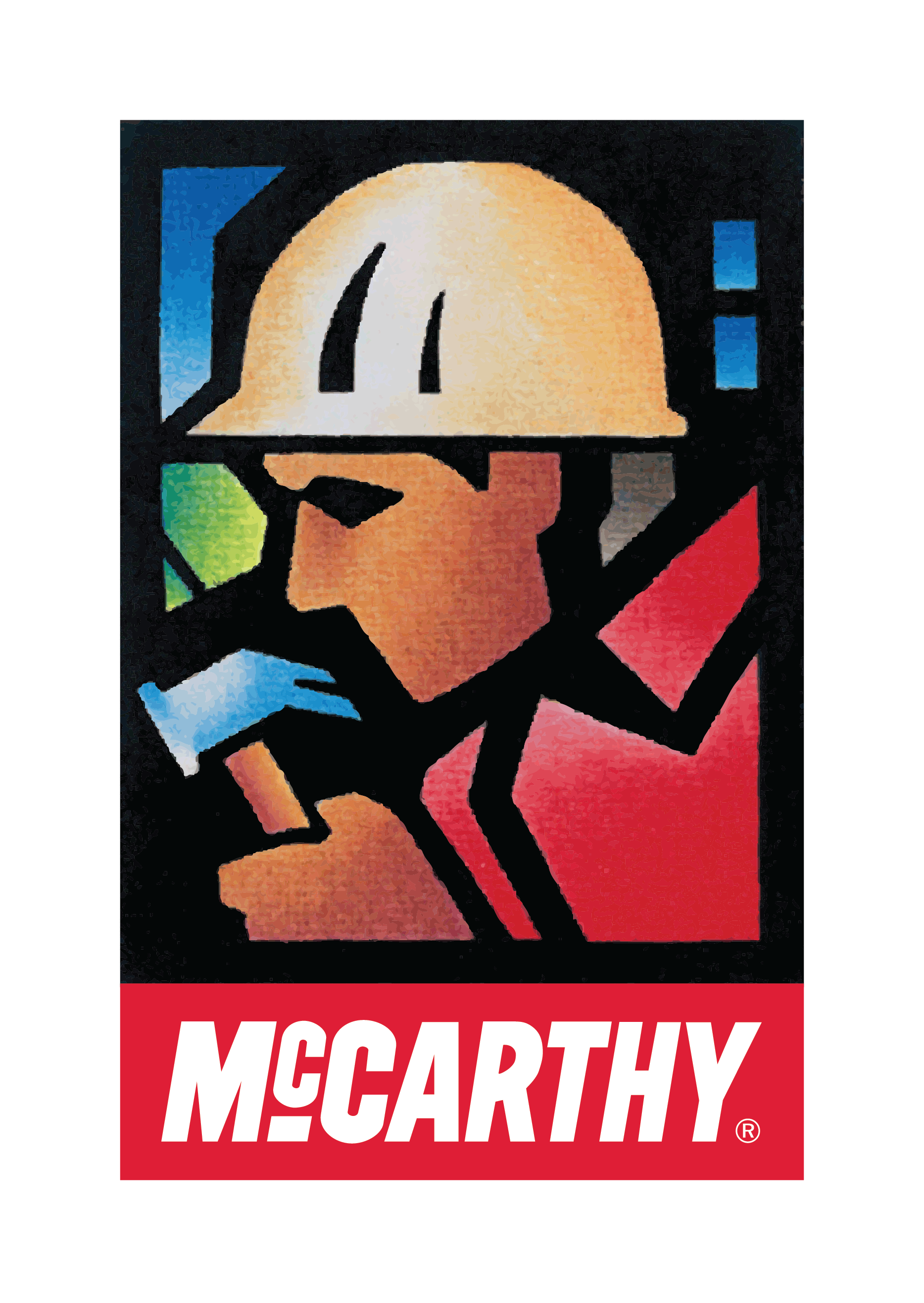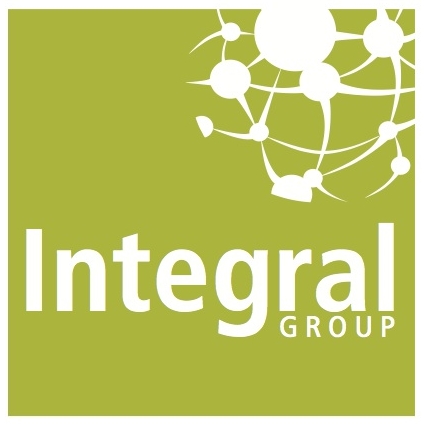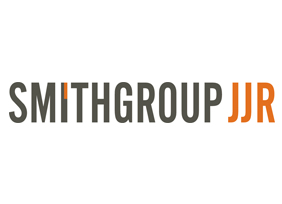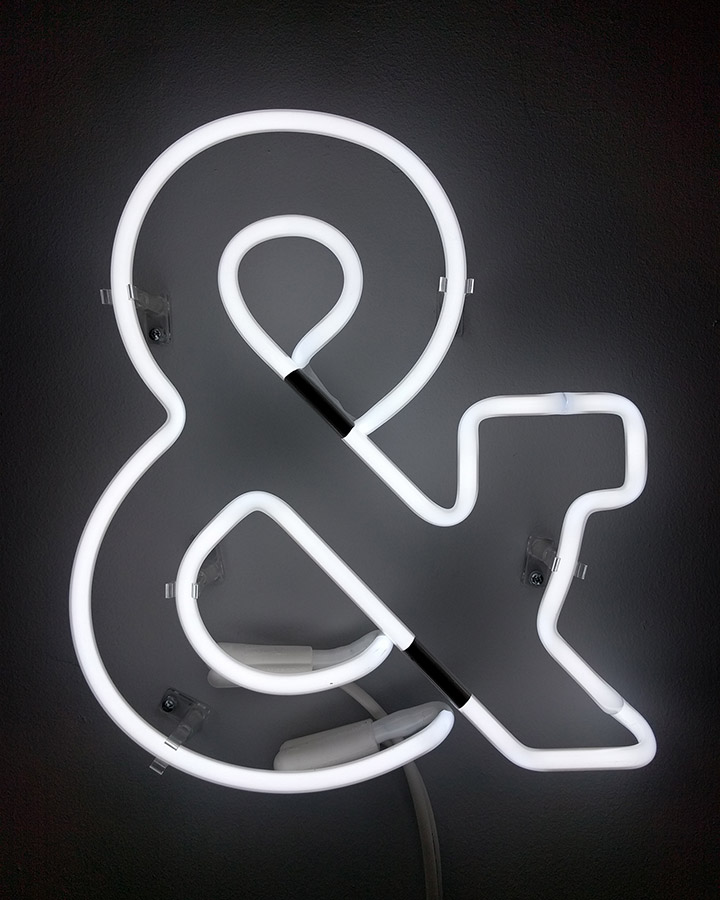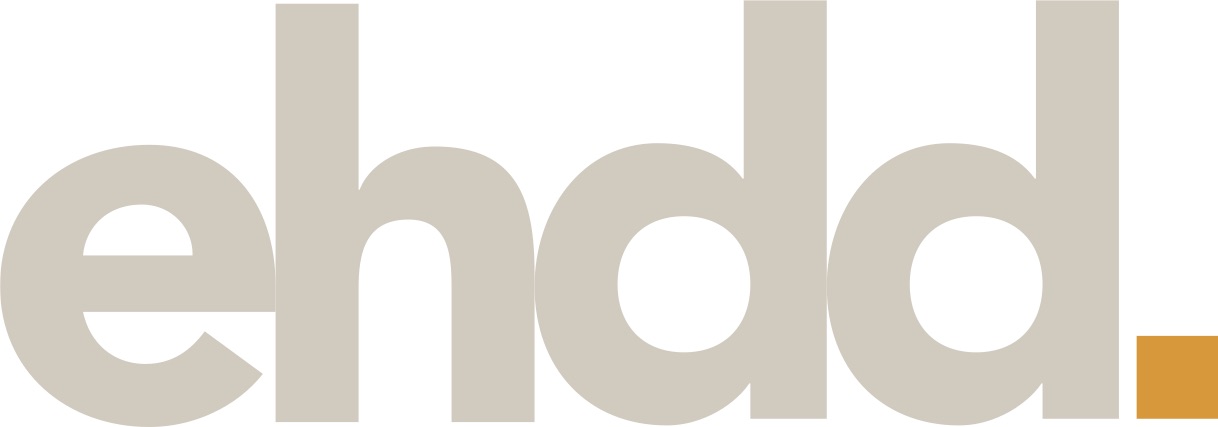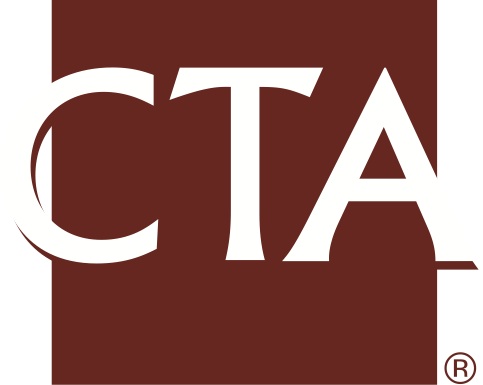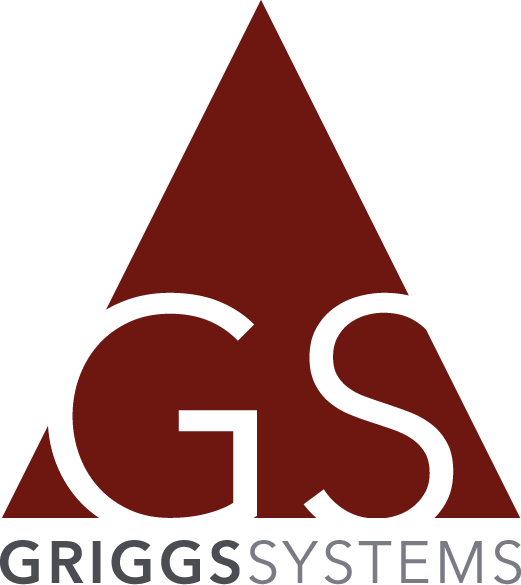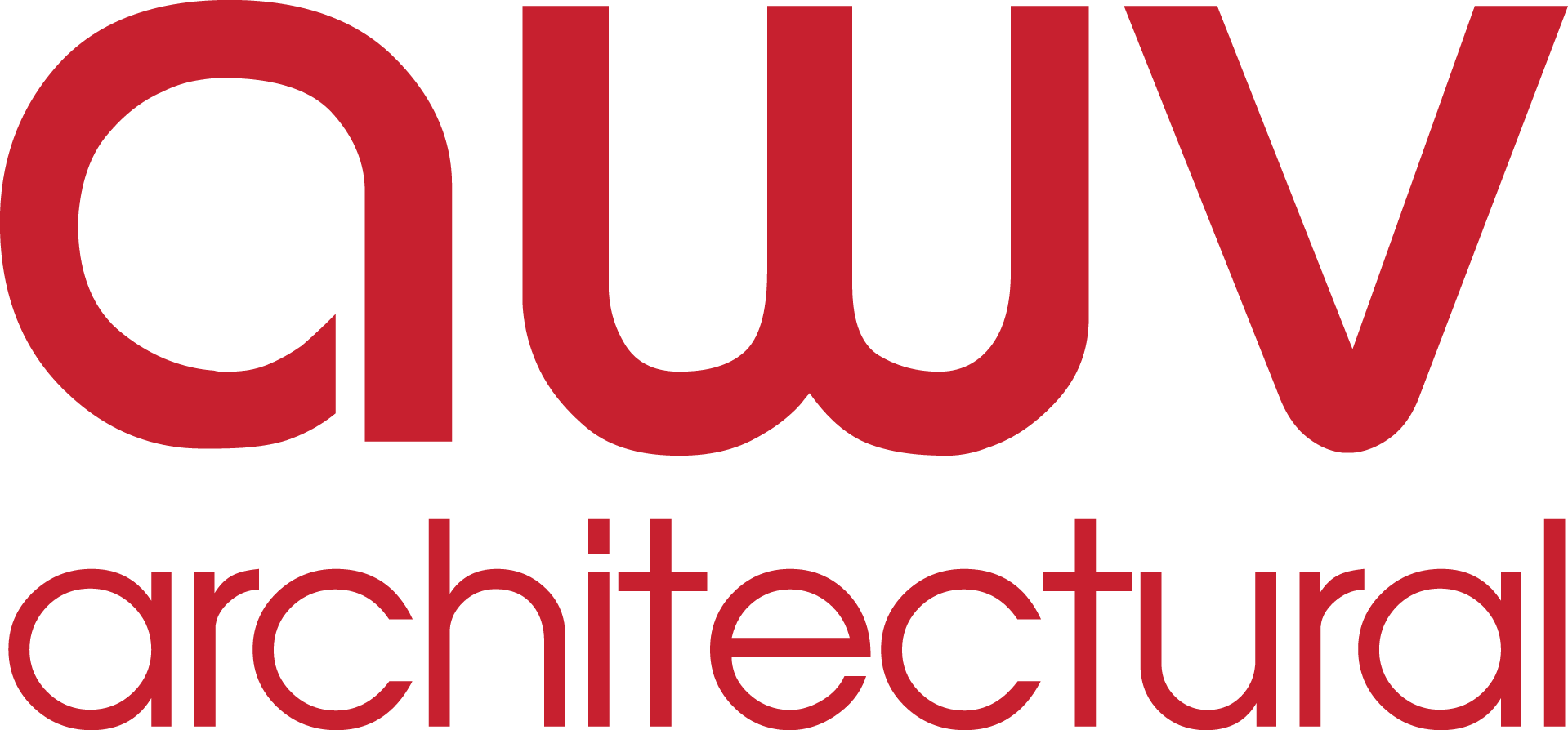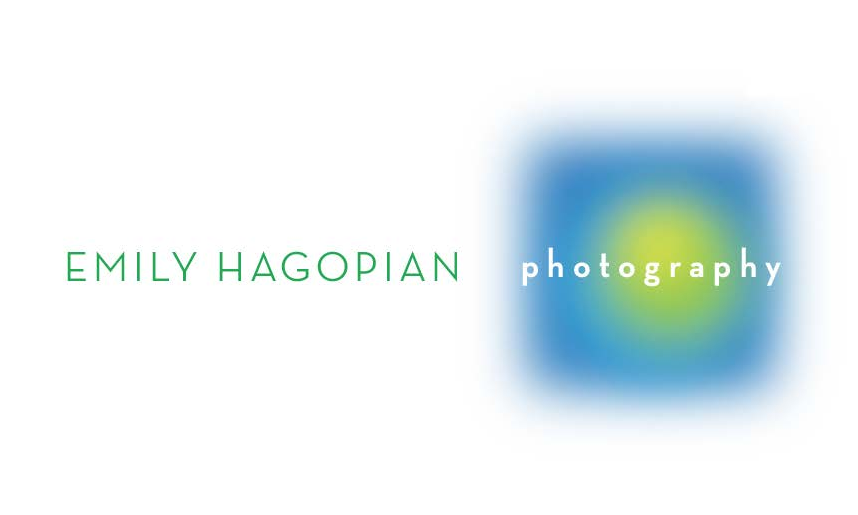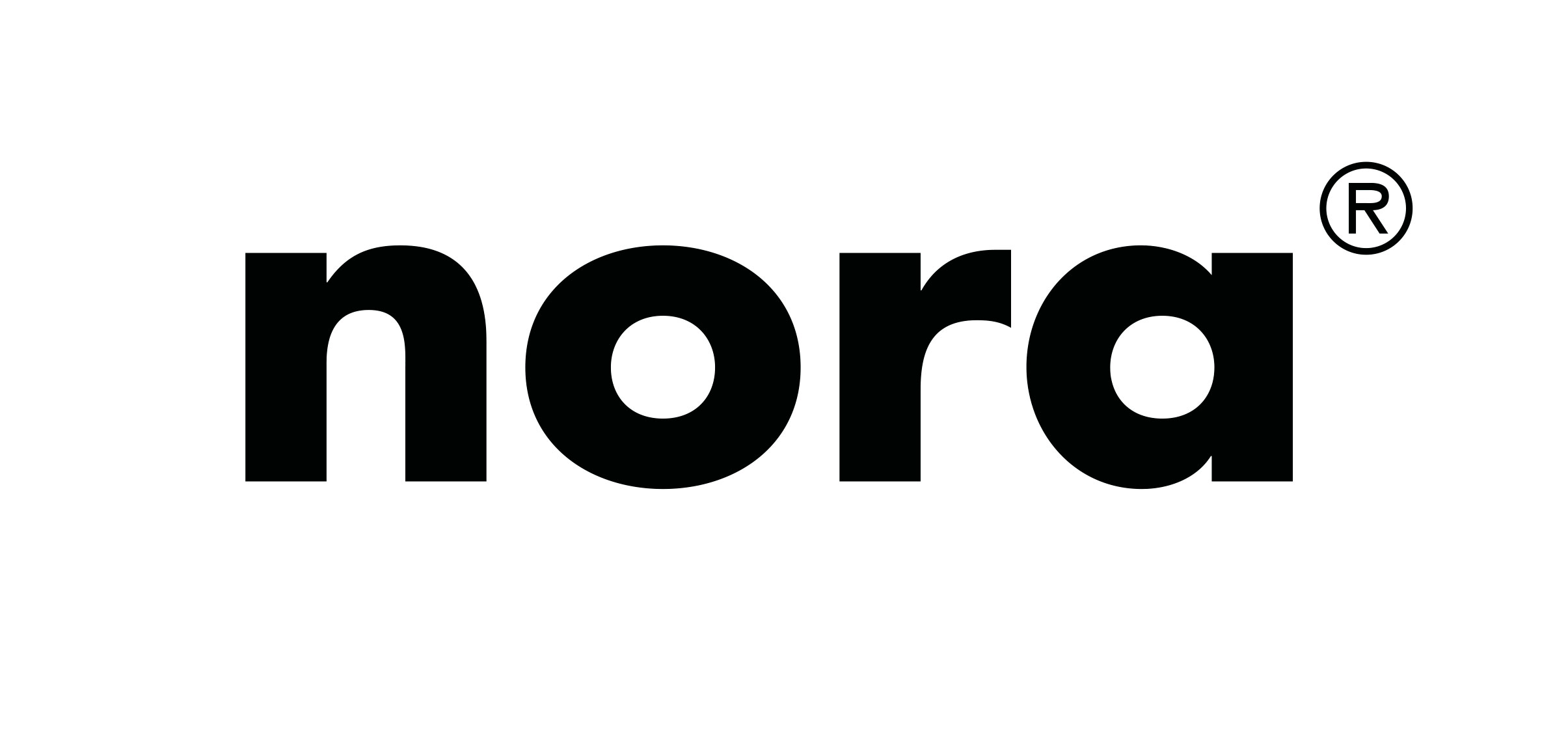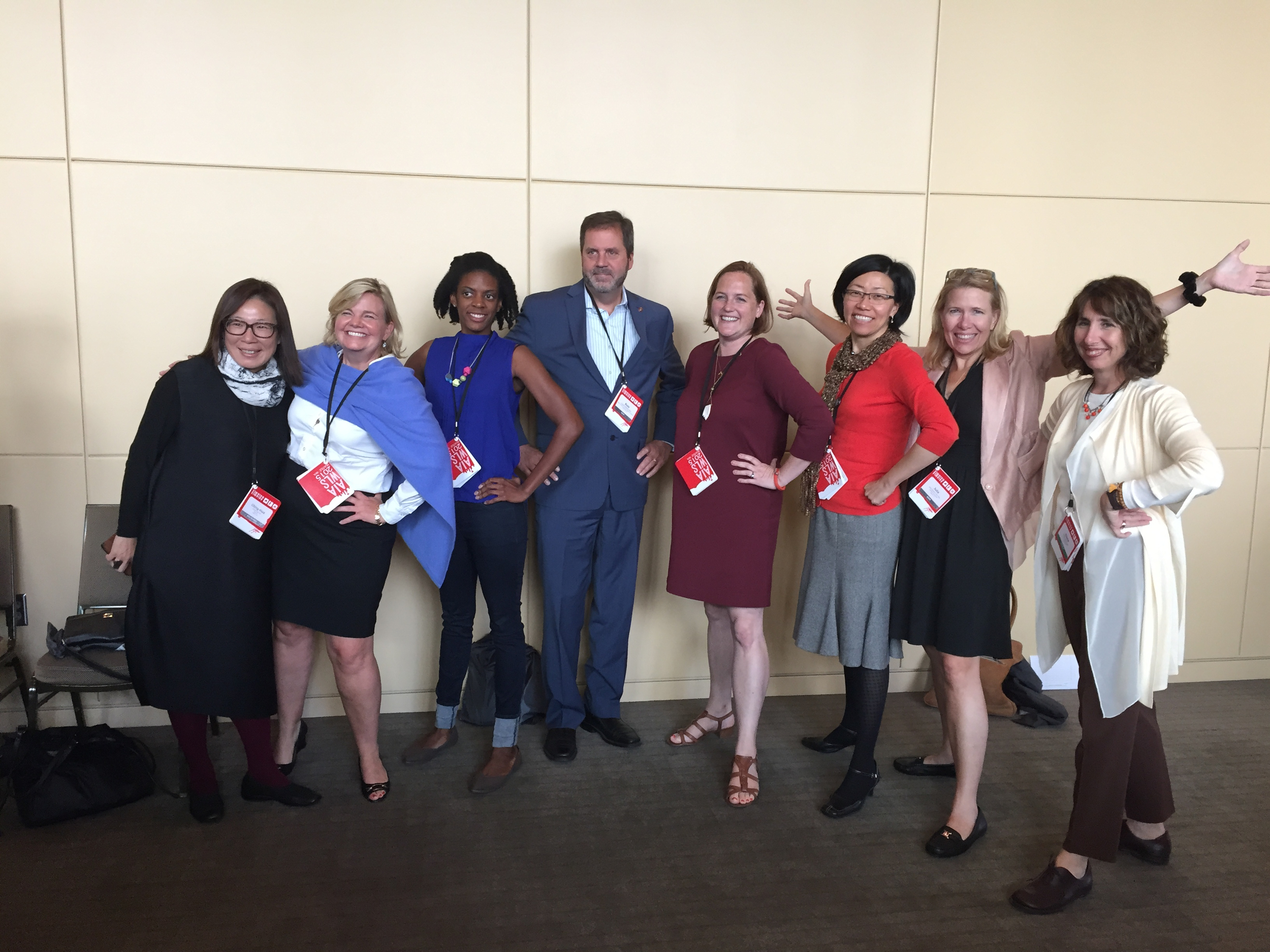In the United States, while women represent approximately 45% of students enrolled in NAAB-accredited architecture programs, they account for only 31% of architecture staff, and 20% of principals and partners in AIA member-owned firms. Meanwhile, people of color account for 56% of all students, and 43% of US Nationals, enrolled in NAAB-accredited architecture programs, but only 21% of architecture staff, and 11% of principals and partners, working in AIA member-owned firms. With today’s graduating classes far more diverse than the architectural profession as a whole, the architectural community has a responsibility to reexamine our studio cultures, values, and ways of working to ensure that we are cultivating professional environments that actively expand the definition of who an architect is, and what an architect does.
Equity by Design has embraced this mandate, and is proud to present the results of the 2016 Equity in Architecture Survey as a tool to support this dialogue. Equity by Design is focused on achieving equitable practice in architecture in order to retain talent, advance the profession, and engage the public in understanding architecture’s true value and impact. Equity's impact in the designed and built environment has the potential to improve the quality of life, reinforce sustainability and concurrently benefit the economic outcomes of the communities that adopt it.
Formed from the desire for sustained and informed discussion about equitable practice in architecture , the Equity in Architecture Research Project represents a commitment to change the status quo for practitioners by conducting research, publishing best practices, and fostering peer-to-peer accountability and collaboration among firms regionally and beyond. Of primary importance is attracting and retaining the profession's best talent pool by providing equitable conditions that empower individuals to thrive.
The 2016 Equity in Architecture Survey was designed to generate a comprehensive national dataset detailing current positions and career experiences of architecture school graduates. With the assistance of architecture’s national collateral organizations, AIA component chapters, firms, and academic institutions, survey invitations were sent out to a broad cross-section of the profession. The resulting dataset -- the largest ever collected on equity within the profession -- documents the experiences of 8,664 individuals representing all 50 states and nations on six continents. The survey sampled for race, ethnicity, sexuality and gender identity. Key Findings reflect areas of statistical significance. Please see our article on survey demographics for more information on our survey population.
Infographics by Atelier Cho Thompson
Two frameworks are used to provide insights on equity within the profession today: Career Dynamics, and Career Pinch Points. This analysis offers insight into ways in which individual practitioners, employers, and the industry as a whole can make changes on a policy and culture level that promote satisfying careers in architecture for women and men alike, improve employee retention, and ultimately, improve companies’ bottom lines.
Career Dynamics
Career Dynamics explore underlying tensions that persist throughout our professional lives, and the factors that drive career perceptions. The main categories we have identified as Career Dynamics include Finding the Right Fit, Work-Life Integration, Professional Development, Beyond Architecture and Pay Equity. Key findings related to each of the Career Dynamics are as follows: (please use the toggle arrows on the top right part of the window below to view all 5 categories)
Career Pinch Points
Career Pinch Points offers insight into personal and professional milestones that can either hinder career progression or influence employee retention. The main categories we have identified as Career Pinch Points include Education, Paying Dues, Licensure, Caregiving, and Glass Ceiling. (please use the toggle arrows on the top right part of the window below to view all 5 categories)
Conclusion
The 2016 Equity in Architecture Survey demonstrates that women and people of color continue to lag behind white men in terms of concrete measures of career success like annual salary and likelihood of leading a firm. Male respondents’ perspectives on their careers were also more positive on average than those of their female counterparts. Female respondents were less likely to feel energized by their work, less likely to feel that their opinions were valued, and ultimately, less likely to say that they planned to stay at their current job.
In addition to highlighting stark differences in salary, career advancement and perspective on the basis of race and gender, the survey illustrates that white men are more likely than others to have access to resources and opportunities that predict professional success. Factors like transparency in the promotion process, having access to a senior leader in one’s firm, receiving ongoing feedback about one’s work, sharing values with one’s firm, and having meaningful relationships at work are strongly correlated with attributes of professional success for respondents of all genders and races. In certain instances, like having access to a senior mentor within one’s firm, access to one of these resources is even more predictive of success for a traditionally marginalized group than it is for white men. Nevertheless, white male respondents are currently more likely to report having access to each of these ingredients for a satisfying career in architecture. These findings suggest that one of the best ways to being to build equity in architectural practice is to ensure that access to these resources is provided to all professionals, regardless of race, gender, or sexual orientation.


